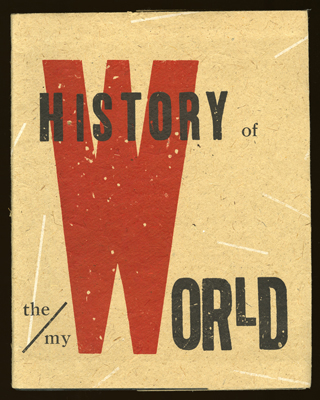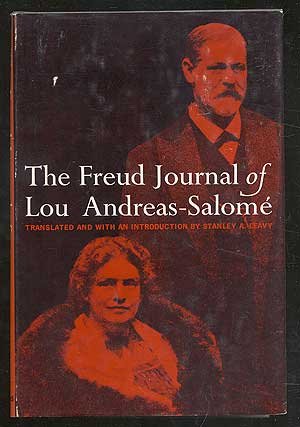Frances A. Yates: The Art of Memory (1966–) [EN, ES]
Filed under book | Tags: · history of science, magic, memory, mnemonics, mysticism, rhetoric

In this classic study of how people learned to retain vast stores of knowledge before the invention of the printed page, Frances A. Yates traces the art of memory from its treatment by Greek orators, through its Gothic transformations in the Middle Ages, to the occult forms it took in the Renaissance, and finally to its use in the seventeenth century. This book, the first to relate the art of memory to the history of culture as a whole, was revolutionary when it first appeared and continues to mesmerize readers with its lucid and revelatory insights.
Publisher Ark Paperbacks, an imprint of Routledge & Kegan Paul, London, 1966
ISBN 074480020X
400 pages
Frances Yates and the Mnemonic Works of Giordano Bruno (François Quiviger, Warburg Institute, includes Yates’ reconstruction of Bruno’s memory wheel from De Umbris Idearum)
The Art of Memory (English, 1966/1999)
El arte de la memoria (Spanish, trans. Ignacio Gómez de Liaño, 2005)
Johanna Drucker: History of the/my Wor(l)d (1990)
Filed under artist publishing | Tags: · feminism, history, memory

A striking alternative to the familiar telling of historical events, Drucker’s account of mythic and major events in the course of western civilization marches roughshod over received traditions. The combination of typographic innovation, visual puns and linguistic play are unique elements of her style. A richly suggestive work interweaving official history and individual memory.
“Several themes interweave in this book: a feminist rewriting of the history of the world, an opposition between official history and personal memory, a critique of feminist theoretical attitudes towards language as patriarchal, and all sorts of graphical and textual puns and play. The book is a tribute to my mother, and the drum majorette who opens the book is a figure that corresponds to her early years, youth, and activities as a baton twirling teen in Downer’s Grove, Illinois. I had learned language, and literature, through an intense and intimate relation with her. The feminist dogma of language as patriarchal didn’t fit the erotic and personal experience of my relation to the literary through the relation to her, even male identified as she was. She may have been the law, and the symbolic, but she was fiercely feminine and feminist as well. So the red text erupts through the black, making memory a strain of presence within the history retold.” (author)
The work first appeared in the letterpress edition in 1990. Five years later it was published in two-color offset by Granary Books.
Publisher Druckwerk, Cambridge, MA, 1990
40 pages
via Danny Snelson
Interview with the author (Tate Shaw, The Journal of Artists’ Books, 2007)
Publisher (1995 Edition, Old site)
Publisher (1995 Edition, New site)
PDF (updated on 2018-12-31)
JPGs (added on 2018-12-31)
Lou Andreas-Salomé: The Freud Journal (1958/1964)
Filed under book, personal journal | Tags: · love, memory, narcissism, psychoanalysis, sexuality

Lou Andreas-Salomé (1861–1937) was a Russian-born psychoanalyst and author of studies on Nietzsche and Rilke.
In 1911, she participated in the International Psychoanalytic Congress in Weimar, and shortly after went to Vienna to undergo a training analysis with Freud. Written during the years 1912-1913, the journal begins with her participation in his Wednesday evening study group and Saturday evening lectures. Following her training, Salomé worked together with her friend the physician and analyst Viktor Tausk at Frankl-Hochwart’s clinic in Vienna and attended both the meetings of the Vienna Psychoanalytic Society and the discussion evenings hosted by Alfred Adler, all reflected in the diary.
Originally published as In der Schule bei Freud, 1958
Translated and With an Introduction by Stanley A. Leavy
Publisher Basic Books, New York, 1964
211 pages
review (Ban Wang, American Imago)
Salomé’s biography at padd.at
Salomé at Wikipedia
PDF (112 MB, no OCR)
See also Victor Tausk’s On the Origin of the “Influencing Machine” in Schizophrenia (1919/1933)

